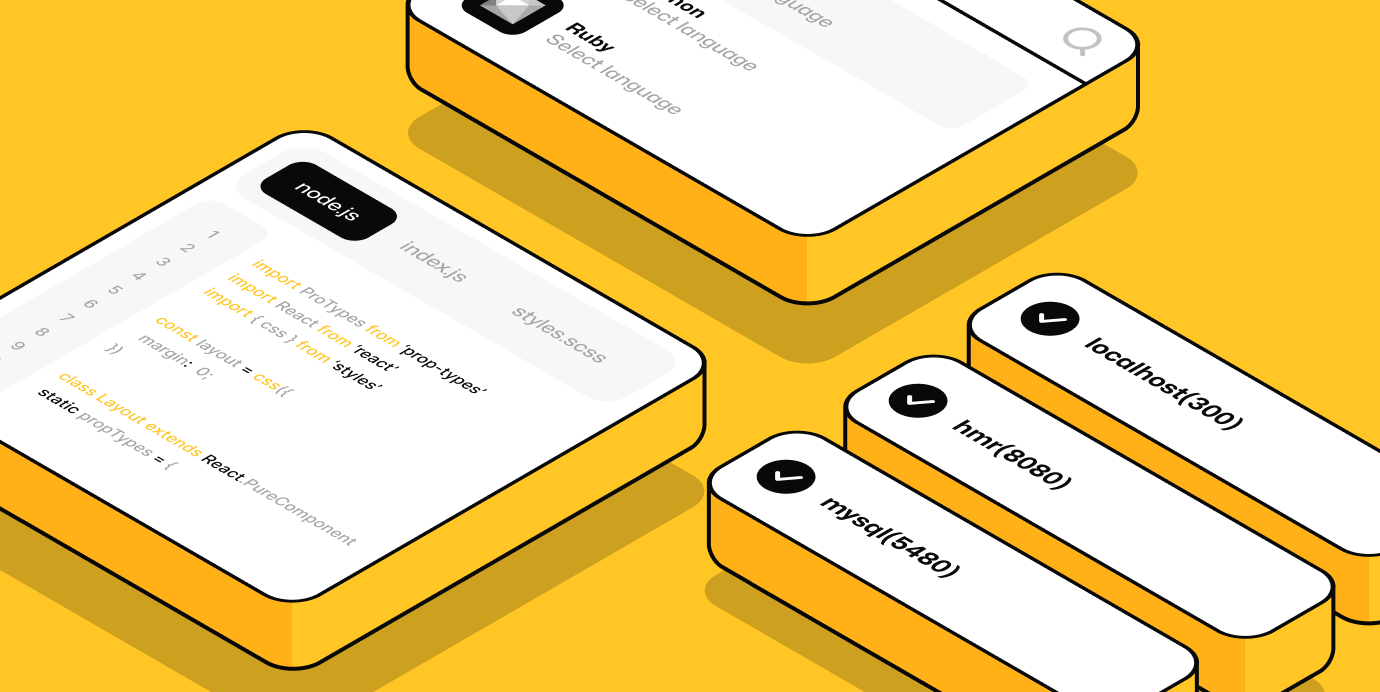
No two industries ask the same questions, so their research tools should not behave the same. Retail frets over baskets and shelves, SaaS watches churn like a hawk, and healthcare guards outcomes and compliance. When intelligent systems enter the picture, those differences sharpen, because models learn from what you value.
Used carefully, AI market research turns noisy signals into clear choices without flattening the nuance that actually drives decisions. This AI search guide maps how the goals, data, and guardrails shift across retail, SaaS, and healthcare, and how leaders can align methods with reality rather than chasing whatever looks shiny in a demo.
What Really Changes Across Industries
The biggest swing is the unit of value. In retail, it is items and trips. In SaaS, it is seats and subscriptions. In healthcare, it is patients and episodes of care. That single difference ripples through everything, from how you collect data to how you evaluate a model’s impact. Retail experiences a rush of high frequency signals, since shoppers click, search, and buy all day.
Healthcare moves more deliberately, because quality and safety outrank speed. SaaS sits in the middle, with an ocean of telemetry and a bias toward rapid iteration, tempered by customer contracts and trust.
Another meaningful difference is where truth lives. Retail truth hides in point of sale logs, inventory systems, and reviews. SaaS truth shows up in product analytics, billing data, and support threads. Healthcare truth rests in clinical notes, imaging, devices, and claims. Because truth lives in different places, validation must follow suit.
A lift in clickthrough might mean money in ecommerce, while a similar lift in a hospital demands cautious oversight and prospective evidence. You can chase the same idea, such as propensity to buy or likelihood to renew, but the acceptable error bars and the path to action will not match.
Retail: Fast Signals, Faster Feedback
Data Domains That Matter
Retail runs on transactions, search queries, product attributes, store layouts, promotions, and even weather. Structured tables mingle with messy text from reviews and support chats, and images add visual context through packaging and shelf photos. Scale is the headline.
Small biases get expensive when you make thousands of micro decisions each hour. Granularity helps, but only if your pipelines keep up without turning dashboards into a scrapbook of stale numbers.
Methods That Tend To Perform
Recommendation engines and demand forecasting do the heavy lifting. Language models can distill review themes and category sentiment so teams do not drown in adjectives. Vision models help check mislabeled photos and missing attributes before they mislead customers.
Causal inference separates seasonality from genuine lift, so you do not credit winter for your hot cocoa campaign. Above all, experiment discipline matters. A clean split by region or store often beats a complex model that never meets reality.
Metrics You Actually Feel
Measure incremental revenue per visitor, forecast accuracy at the SKU and store level, stockout reduction, and time from insight to action. If a tool cannot move those needles, it is decoration. Beware proxy addiction, where teams chase clickthrough or add to cart instead of profit per order. Proxies are helpful, not holy. Bring finance into the room early so everyone agrees on what a win looks like, then publish the rule and stick with it.
SaaS: Telemetry As A Telescope
The Data You Swim In
Product analytics, feature flags, onboarding flows, support tickets, and subscription events provide minute by minute visibility. Roadmap tags and lifecycle emails stitch a story across teams. Text dominates, but timestamps and user identifiers make it easier to connect dots. Consent and roles matter, since usage spans admins, champions, and end users, and no one wants a report that mixes apples, oranges, and the office plant.
Playbooks That Punch Above Their Weight
The predictive churn is the classic move, but the real payoff comes from segmenting by job to be done, company size, and maturity. Sequence models can reveal which order of actions correlates with activation.
Language models can triage tickets, detect themes, and draft replies for agents to edit. Pricing analytics can simulate plan changes before you ship them. The quiet secret is linking predictions to interventions. A churn score without a nudge is a weather report without a jacket.
Metrics That Keep You Honest
Activation rate, time to first value, weekly active users, seat expansion, and net revenue retention are the heartbeat. Track intervention uptake, or you will blame the model for a playbook no one executed.
False positives carry a cost, since alarming healthy accounts can poison trust. Measure support handles time and satisfaction alongside deflection, because a tiny time gain that annoys users is not a win. Give every dashboard metric an owner, or it will wander.
Healthcare: Precision, Patience, And Proof
The Data Landscape
Electronic health records, imaging, device streams, and claims data create a rich yet fragmented view. Clinical language is loaded with context. Small words like no or rule out can flip meaning.
That makes careful prompt design and clinician review essential for any language driven workflow. Timeliness is not optional. A stale lab value is not just unhelpful, it is dangerous, so provenance and freshness belong in the foreground, not the footnotes.
Methods That Earn Trust
Explainability and calibration take center stage. Probabilities should match real world frequencies, and importance signals should pass a sniff test from clinicians. Retrieval systems help models cite guideline snippets accurately. De identification and synthetic data support development, but prospective validation is the scoreboard.
Even helpful tools should be framed as decision support, not decision replacement. They should also fail safely with clear confidence signals, not cryptic errors that force guesswork.
Measures That Matter Most
Choose sensitivity and specificity according to the clinical context, then keep an eye on positive predictive value and resource constraints. A model that floods a care team with alerts will be muted, which makes the effective performance zero.
Track time saved per clinician and the impact on throughput, since burnout is the hidden denominator of many projects. Equity checks belong in your definition of done, because algorithms can inherit and amplify gaps that already exist in care.
Choosing The Right Approach For Your Organization
Start by naming your economic unit and your operational bottleneck. If you sell shampoo, you care about units per trip and shelf availability. If you sell software, you care about activation and expansion. If you deliver care, you care about safety, timing, and cost.
Match your cadence to your risk. Retail teams can iterate weekly. SaaS teams can move daily. Healthcare teams often operate on quarterly cycles, since approvals demand careful documentation and stakeholder time.
Pick evaluation metrics that reflect real pain. Tie each metric to a lever you can pull, then commit to a testing timeline. In retail, that might be a three week geo holdout. In SaaS, that might be two sprints with feature flags. In healthcare, that might be a controlled pilot with a small cohort. Write the plan, and decide in advance how you will interpret ambiguous results. Otherwise, every test becomes a Rorschach blot.
Choose tools that follow the problem, not the other way around. A text heavy backlog points toward language models with strong retrieval. Image heavy workflows point toward vision systems. Forecast goals demand time series expertise.
Many teams benefit from a hybrid approach where a general model handles unstructured intake, then hands off to smaller specialist models for scoring or routing. Keep your data contracts explicit and your interfaces boring, because boring interfaces scale and survive leadership changes.
Remember incentives. Retail managers care about sales and waste. SaaS teams care about adoption and revenue. Healthcare leaders care about safety, access, and equity. If a model optimizes a number that no one recognizes, it will be ignored no matter how accurate it looks on a slide. Translate outputs into the language of the team that owns the outcome.
Plan for failure. Some ideas will not pay off, not because the math was wrong, but because the world refused to cooperate. Seasonality flips. Competitors react. Regulations change. Build a culture that retires models that do not earn their keep. Celebrate the decisions you avoided because an early signal said stop. That quiet discipline separates steady operators from gadget collectors.
Conclusion
The same technology will behave very differently in retail, SaaS, and healthcare, because each industry values different outcomes, moves at a different speed, and stores truth in different places. If you start with the unit of value, choose metrics tied to real levers, and match your cadence to your risk, your models will do more than make pretty charts.
They will make better decisions that feel obvious. Keep your guardrails visible, your experiments honest, and your incentives aligned. Add a pinch of humor to keep the meetings sane, then let the results do the talking.
Subscribe to our newsletter
Get regular updates on the latest in AI search





.png)
